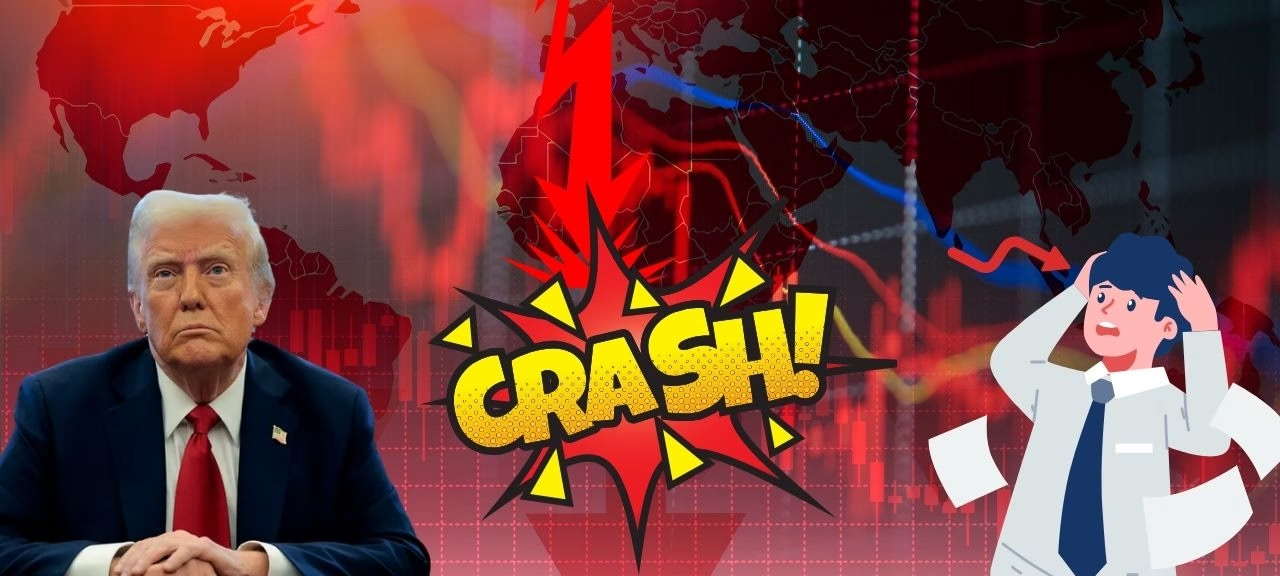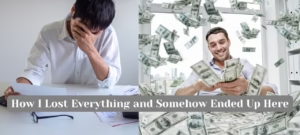I Regret Waiting: How Investing Just $100 Unlocked $50,000 Before My Friends Even Started
How Investing $100 Taught Me Everything About Money, Risk, and Growth
If you had given me $100 four years ago, fresh out of a college phase where pizza was my main expense and “investing” sounded as mysterious as quantum physics, I would’ve scrolled past—even laughed. But that $100 turned out to be the first chapter of my investment story—a story that took me from rookie mistakes to finally seeing my money work for me. I made a promise to myself: I’d try five investment types and let time do the talking. Here’s what I learned—and how, at every milestone, my mindset about money, risk, and life changed along the way.
$100: My First Foray Into Real Investing—and Why It Mattered
That $100 wasn’t spare change; it was a symbol of my decision to opt into my own financial future. I split it into five mini-investments—individual stocks, a real estate investment trust (REIT), cryptocurrency, gold, and an index fund. I wanted to see, once and for all, what would actually move the needle.
Mindset: I was nervous. Investing wasn’t something I grew up hearing about at the family table. But I was hungry to learn—a drive fueled by FOMO as friends talked about “making passive income” and becoming “financially independent.” Suddenly, YOLO meant more than just living fast; it was about making my future self grateful.
$1,000: Realizing the Game Is Won With Habits, Not Hype
A year later, I crossed my first four-figure threshold. I’d started automating small monthly deposits—sometimes just $25 or $50 into my chosen mix. Watching my investments rise (and, sometimes, nosedive) made me realize that the real win was consistency.
Mindset Shift: I stopped looking for the next big thing and started focusing on the process. The hype around crypto’s insane returns made my heart race, but watching my small, consistent buys in index funds and REITs build up was the true flex. I realized: you can’t control the market, but you can control your habits.
Lifestyle: Friends were dropping $100 on brunch or concert tickets; I still did that sometimes, but I couldn’t ignore the thrill (and FOMO) of seeing my money slowly, steadily grow.
$10,000: I Felt Stable for the First Time
Hitting five figures was surreal. It felt like I’d just unlocked Level 2 in a video game—except the prize was sleeping better at night.
New Mindset: Stability became my “why.” Before, money just meant security for the next rent payment. Now, it meant options: maybe a trip, a new laptop, or a safety net for emergencies. I also started to understand diversification for real—putting all my eggs in crypto after watching a 552% Bitcoin return was tempting, but the pandemic’s impact on REITs (offices and malls struggling hard) reminded me that no single asset is bulletproof.
Priorities: Suddenly, the Joneses weren’t the competition—my future self was. Saving felt less like deprivation and more like buying freedom. And when the market dipped, I realized I could handle seeing red numbers without panic-selling.
$25,000: My Money Started Working for Me
When my taxable portfolio and Roth IRA together crossed $25K, I felt a subtle yet significant power shift. Monthly dividends from REITs and index funds—even if they were just a few dollars—felt like passive motivation. I was, in a small way, earning money while I slept.
Mindset Shift: I finally got what people meant about “making your money work for you.” It wasn’t about huge risks (sorry, meme stocks!). It was about patience and letting compounding do the heavy lifting. I saw friends panic during market drops, but I’d learned that time, not timing, was my superpower.
Lifestyle: Investing was no longer the side hustle; it was the silent engine behind my lifestyle choices. I could travel, eat out, or help family—without derailing my financial goals because my investments kept chugging along in the background.
$50,000 and Beyond: Wealth Isn’t Just Dollars, It’s Peace of Mind
Crossing $50K was less about the money and more about what it represented: resilience, patience, and the confidence that I was building something sustainable. The best part? I was teaching friends and family how to start, too.
Growth Mindset: Risk tolerance didn’t mean gambling everything; it meant understanding what I could stomach. I allocated more to index funds for long-term growth, held a sliver of Bitcoin and Ethereum for high-risk, high-reward curiosity, kept some gold for peace of mind, and watched REITs for dividends. I’d become my own (amateur) risk manager.
Lifestyle: Life didn’t become perfect, but it felt incredibly empowered. Money was no longer scary—it was a tool I could use, and teach others to use.
Key Lessons and The Takeaway: Start Small, Think Long, Stay Curious
- Habits > Hype: It wasn’t the “home run” trades that got me here; it was small, boring, relentless consistency.
- Diversification Saves the Day: Every asset class—stocks, REITs, crypto, gold, index funds—has its season. There’s no winner in all markets, only a winning strategy: spreading your bets.
- Time is Everything: The earlier you start, the more magic compounding works. $100 is never just $100 when you give it years to grow.
- Mindset Evolves With Milestones: Each new number in your bank account isn’t just dollars—it’s evidence you’re capable, resourceful, and ready for the next level.
Looking back, that first $100 changed my entire relationship with money. The “best” investment? It wasn’t the one with the biggest return. It was investing in the habit itself. And that’s something you can start today—no matter your age, your background, or your bank balance.
If you’re on the fence about investing, let my journey be your push. The best time to start was yesterday; the next best time is right now.
Share this content:














Post Comment